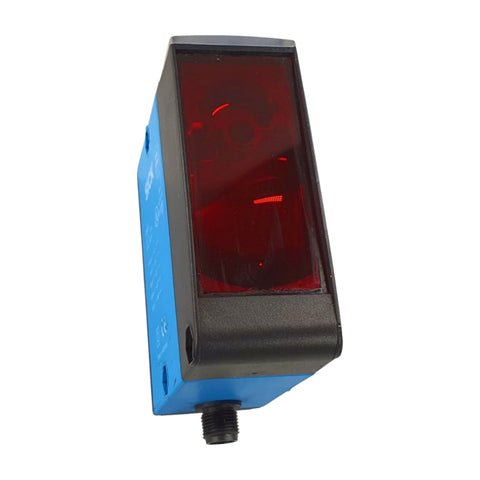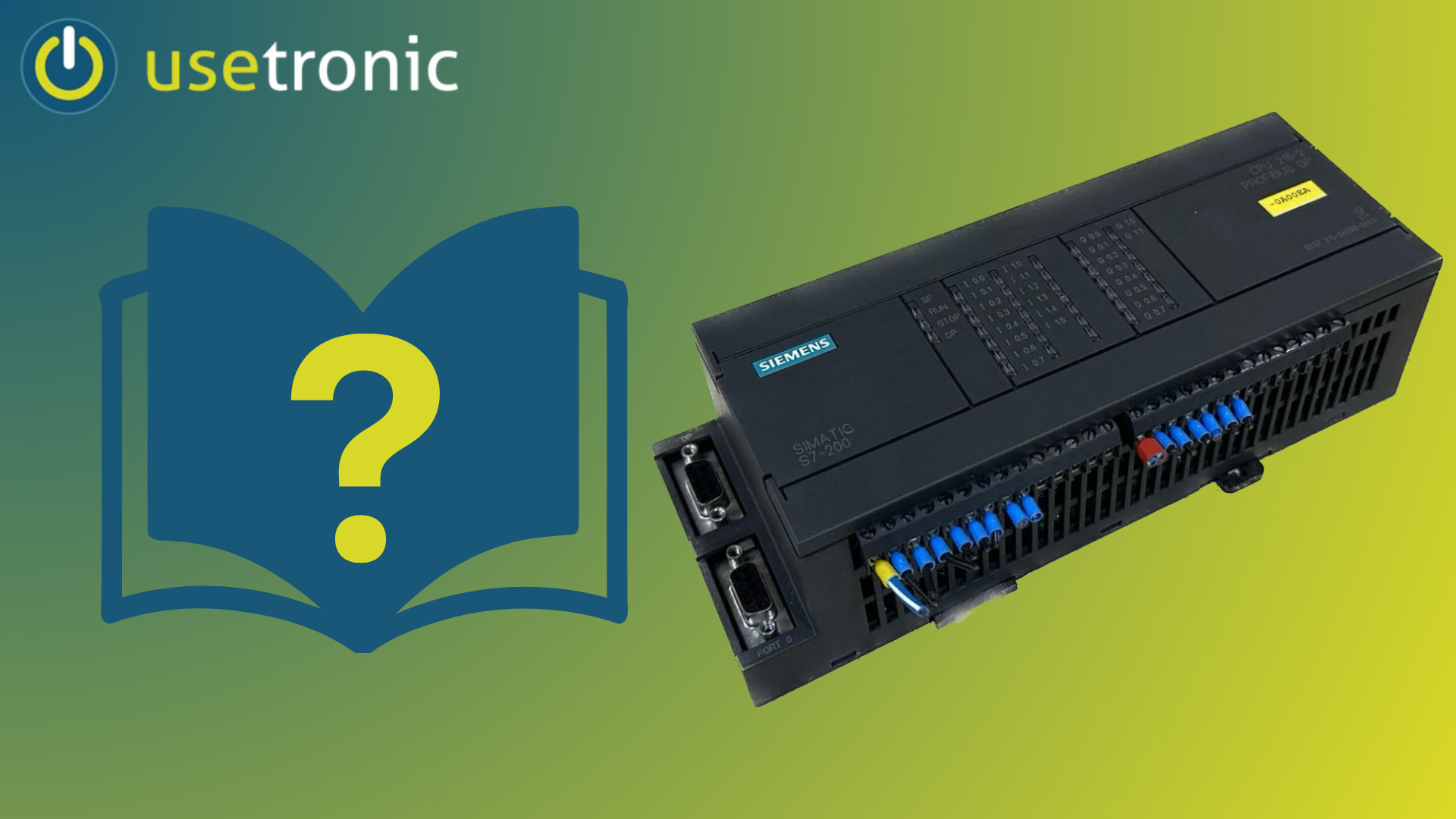Explanation
sensors
Sensors are electronic or mechanical devices that detect physical or chemical properties of the environment and convert them into an electrical signal. These signals can then be interpreted by other electronic components or systems. Sensors play a crucial role in many applications, including automation, robotics, measurement technology, security technology and many other areas.

light barriers
Photoelectric sensors are a special type of sensor that use light beams to detect an event. They usually consist of a light source (such as an LED) on one side and a light detector (such as a photodiode or phototransistor) on the other side. When the object to be detected breaks or crosses the light barrier, the light beam is blocked and the light detector registers a change in the light pattern.
There are two basic types of light barriers:
-
Retroreflective sensors: The light source and the light detector are on the same side, and the reflected light is reflected back to the detector by an object close to the photoelectric sensor.
-
Transmitted light barrier: The light source and the light detector are on opposite sides, and the object interrupts the light beam when it passes between the light source and the detector.
Photoelectric sensors are used in various applications such as automatic doors, security alarm systems, counting devices, position detection of objects and many other areas where the presence or movement of objects needs to be detected.

What use do they have for industry?
Sensors and light barriers have a wide range of applications in industry and play a crucial role in automation and process control. Here are some examples of how they are used in industry:
-
Object Detection: Sensors and light barriers are used to detect the presence or absence of objects in a process or on a conveyor. This makes it possible to control the production flow and trigger automatic actions, such as starting or stopping machines or sorting products.
-
Positioning and Tracking: Sensors can detect the exact position of objects or machines. This is important for precise motion control in robots, CNC machines, and other automated systems.
-
Quality Control: Light barriers and sensors are used to detect errors or defects in products. For example, they can sort out defective parts in production or check color accuracy in the printing industry.
-
Safety: In industrial environments, safety sensors and photoelectric sensors are essential to monitor hazardous areas and stop dangerous machine movements when people are in the vicinity.
-
Level measurement: Sensors can monitor the level of containers, tanks or silos to control material flow and warehouse management.
-
Temperature and humidity measurement: Sensors are used in many industrial processes to monitor and control temperature and humidity conditions, for example in food processing, pharmaceuticals or the storage of sensitive products.
These are just a few examples of how sensors and light barriers are used in industry. Their flexibility and precision make it possible to support a wide range of applications in modern industry, improving the efficiency, safety and quality of processes.




